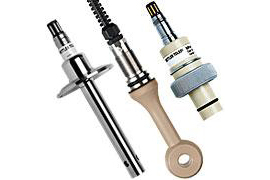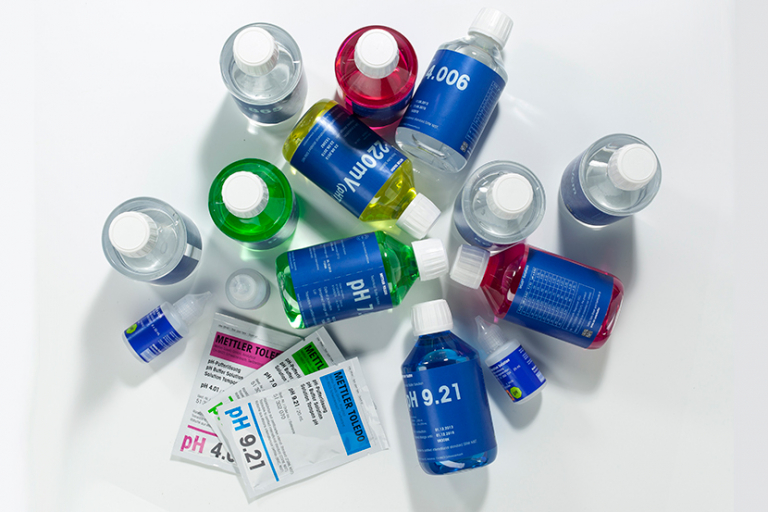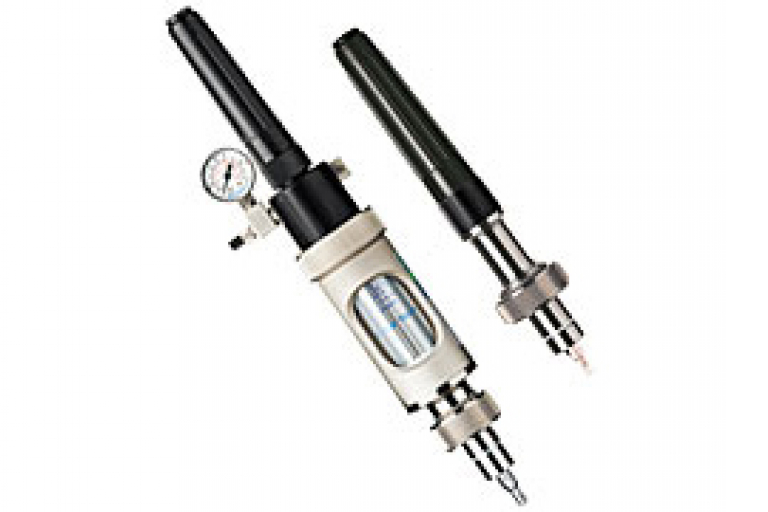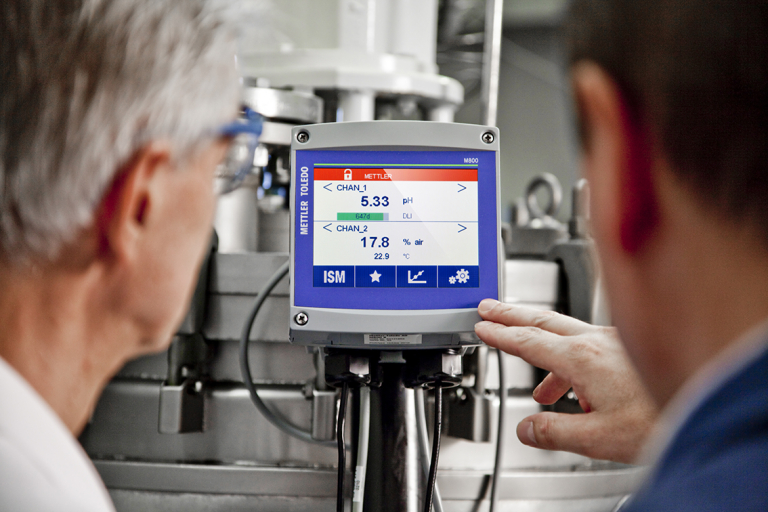Conductance or conductivity measurements are probably the most commonly used analytical measurements in industrial processes. You’ll find them everywhere, in all sectors and applications. Sensors for measuring conductance are divided into three major groups:
- 2-electrode sensor: Usually used for very low to low measuring ranges in the µS/cm. These sensors can be found in pure water such as demineralised water, condensate, boiler (feed) water and also in pharmaceutical sectors, WFI or UPW.
- 4-electrode sensor: This type is used for medium and higher measuring ranges, usually in the mS/cm range. Typical for this sensor is rinsing water, washing water, discharge water, process water, etc. Pharmaceuticals, biotechnology and foodstuffs also qualify.
- Inductive sensors: These sensors are used in the higher measuring ranges such as strong acids, bases and salts. Due to their construction, they are insensitive to contamination. This is why they are often found in water purification applications and measurements on surface water.
InPro 7000 series
- 2-electrode sensor
- Process connections
- NPT screw thread
- Triclamp
- Varivent
- PG13.5 screw head
- Materials
- PVC
- PEEK
- Stainless steel
InPro 7108 series
- 4-electrode sensor
- Process connections
- NPT screw thread
- 25mm INGOLD connection
- Triclamp
- Varivent
- Materials
- Electrodes
- stainless steel
- Hasteloy
- Housing
- CPVC
- PEEK
- Electrodes
InPro 7100i
- 4-electrode sensor
- Digital sensor with ISM (Intelligent Sensor Management)
- Pre-calibrated for faster start-up
- PEEK housing
- Sensors made of stainless steel or Hasteloy
- Possibility of installation in retractable housings
InPro 7250
- Inductive sensors
- Versions in PEEK and PFA
- Process connection via flange or screw coupling




